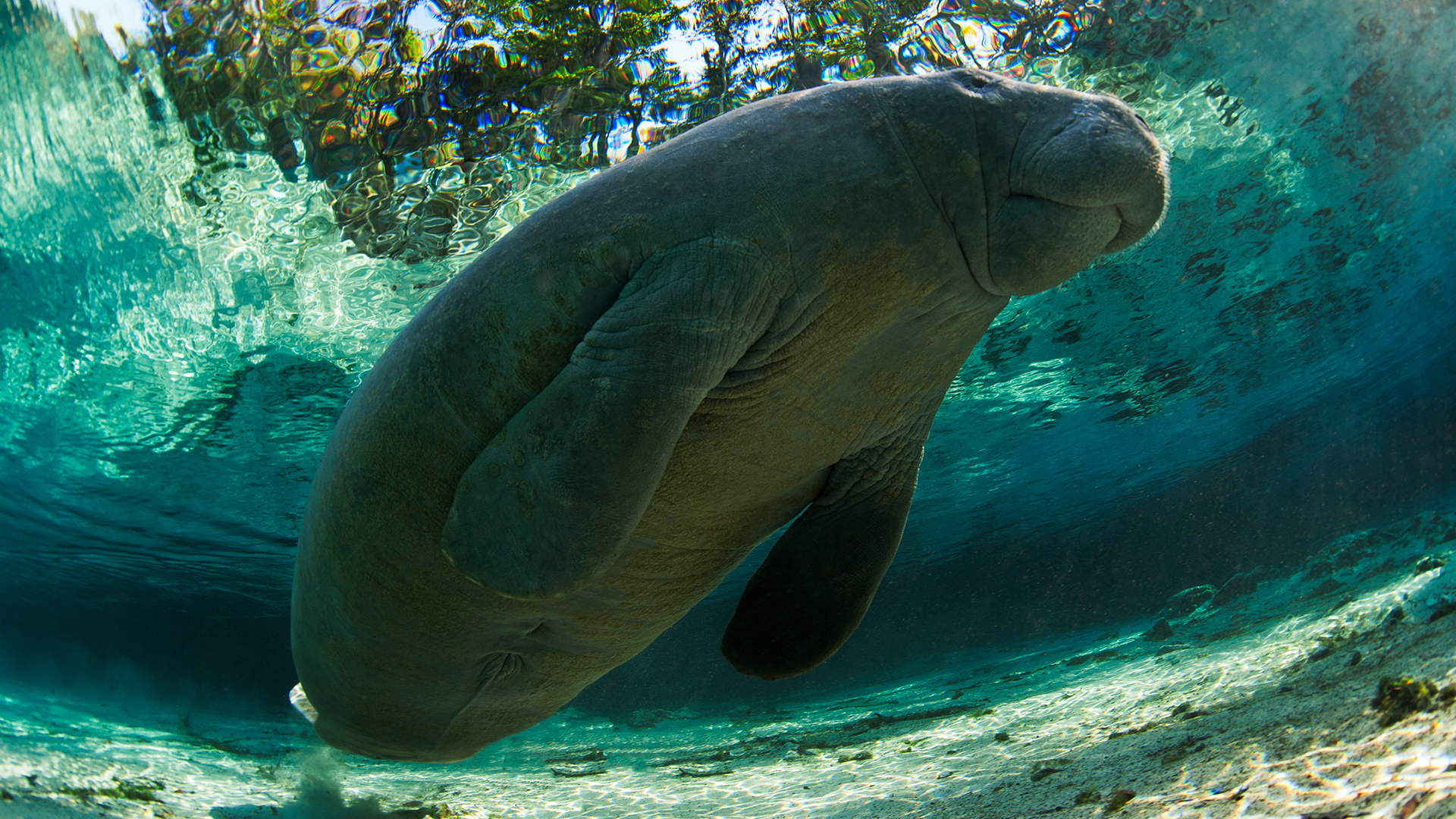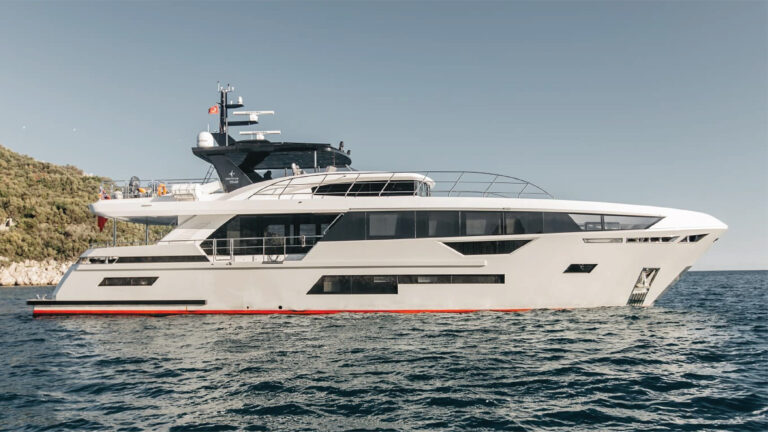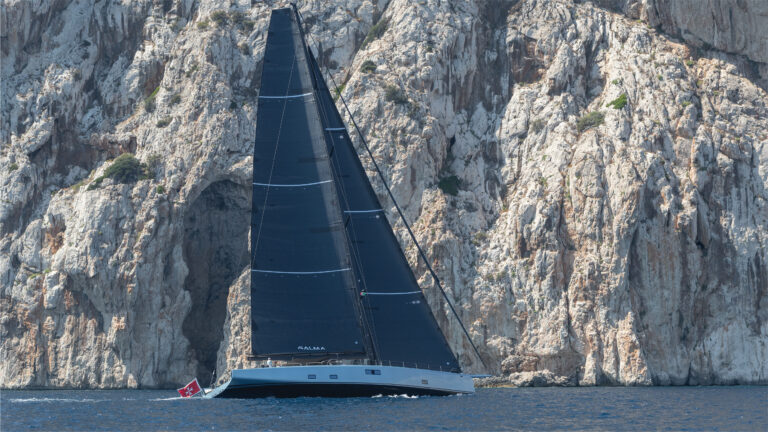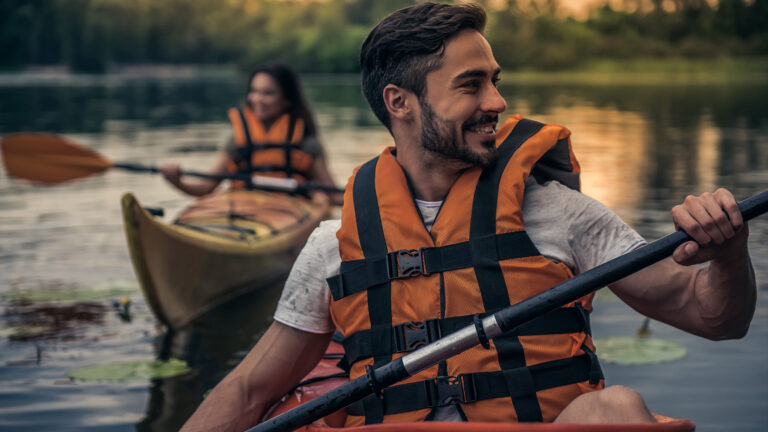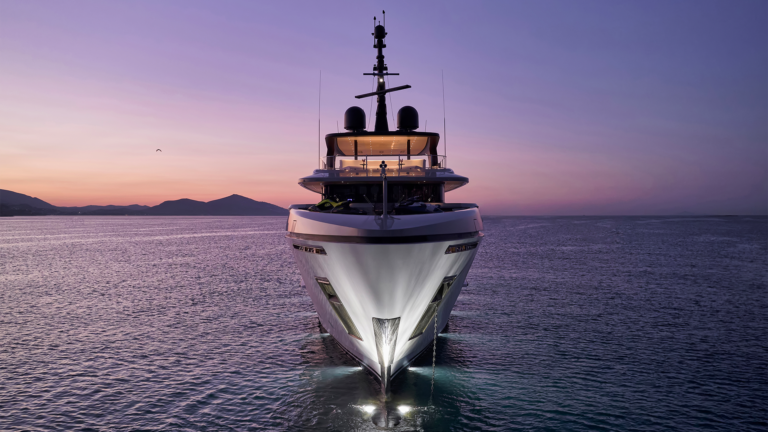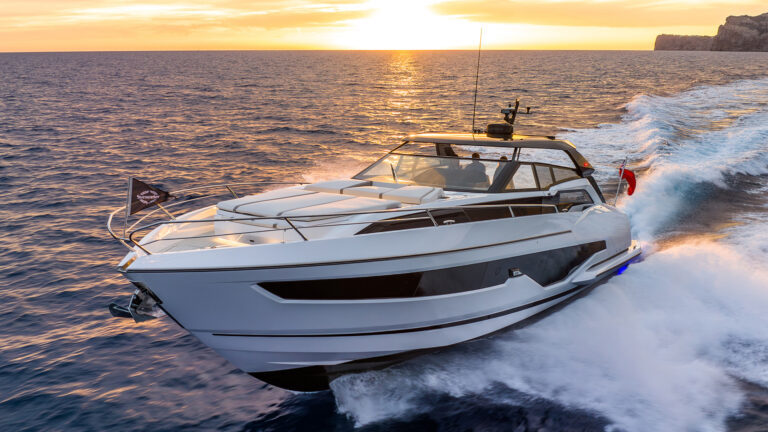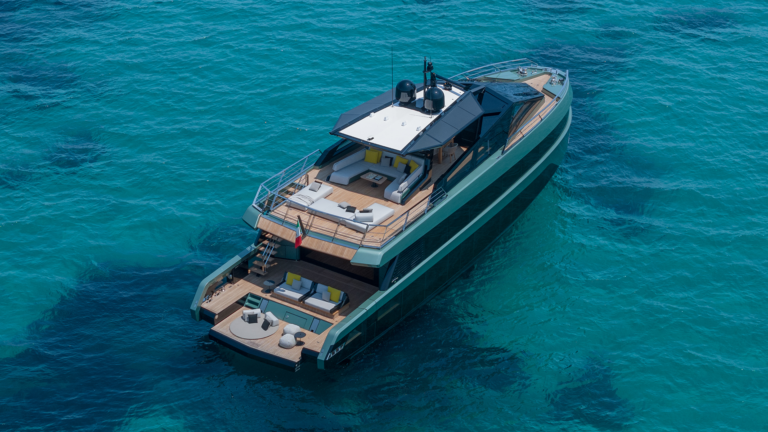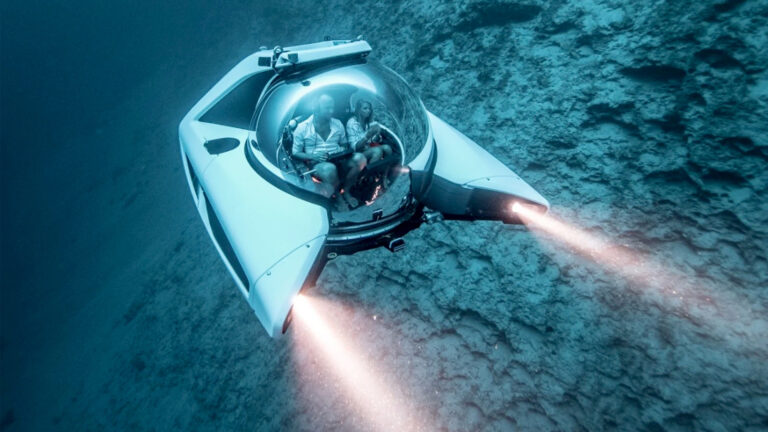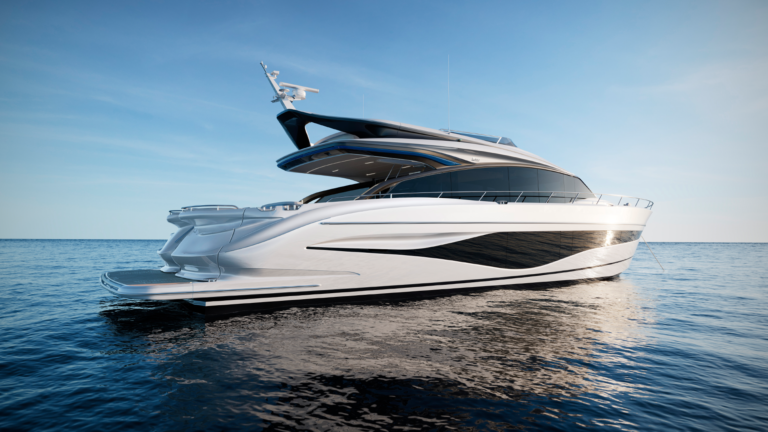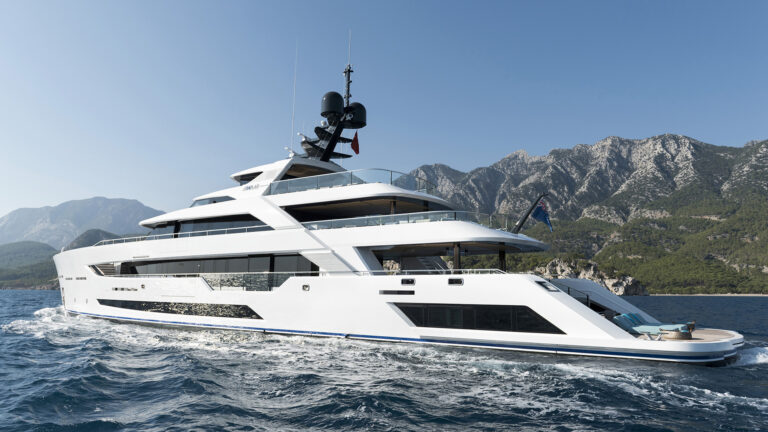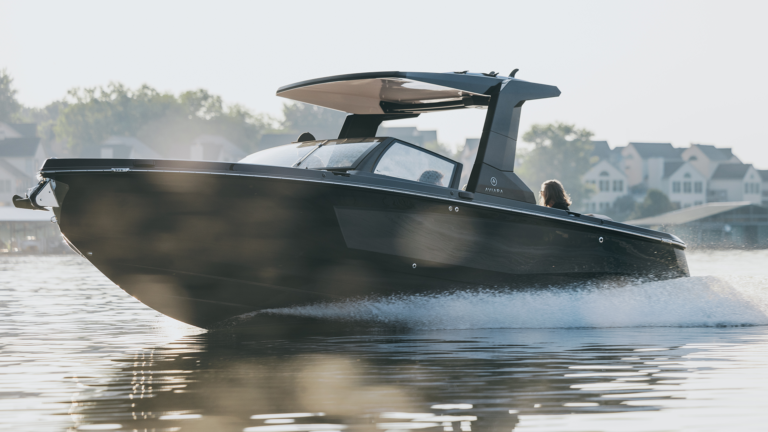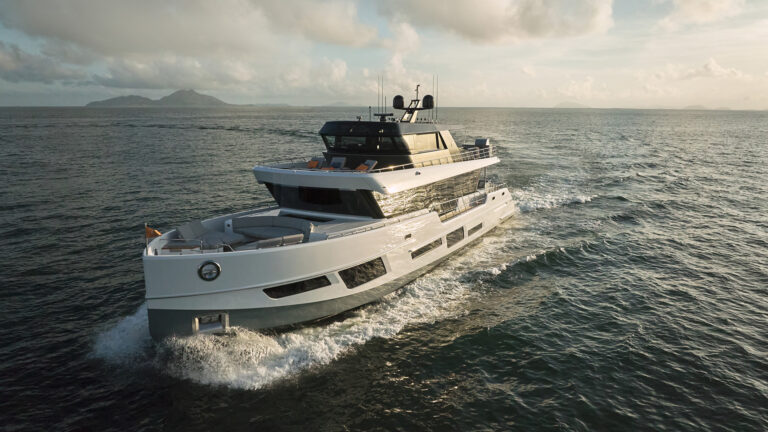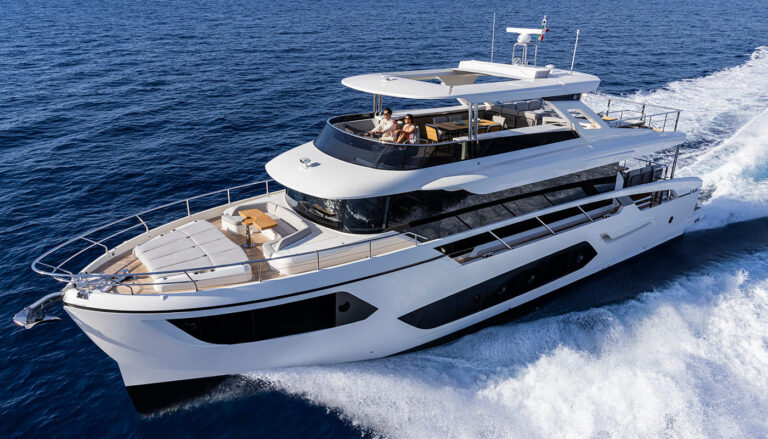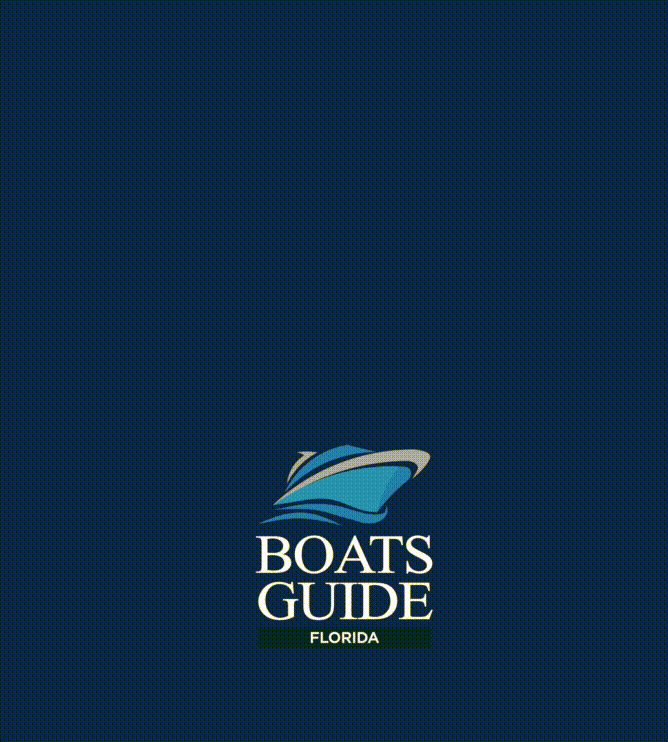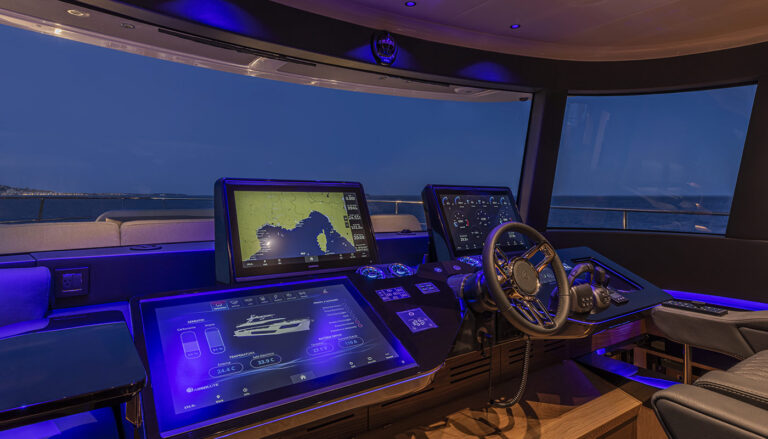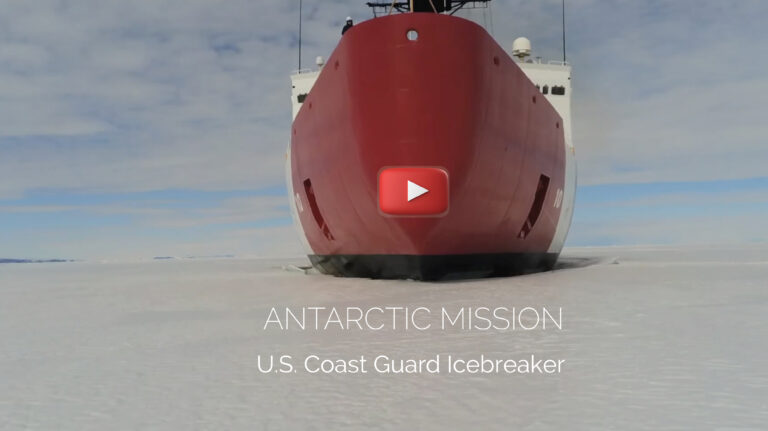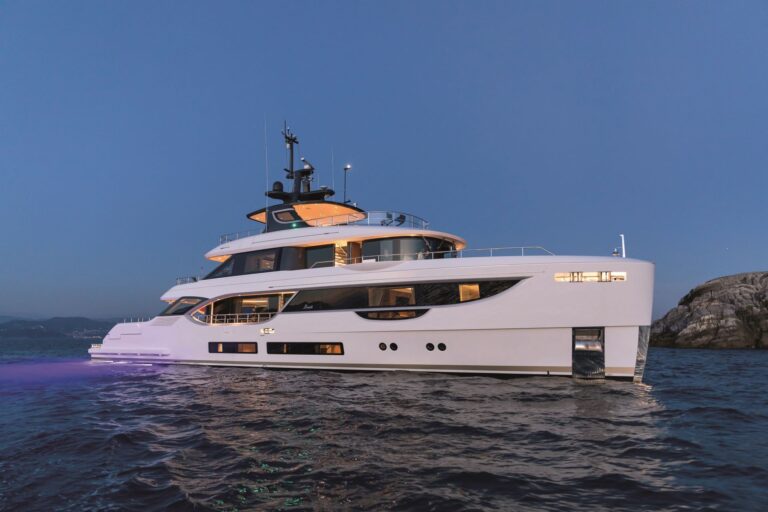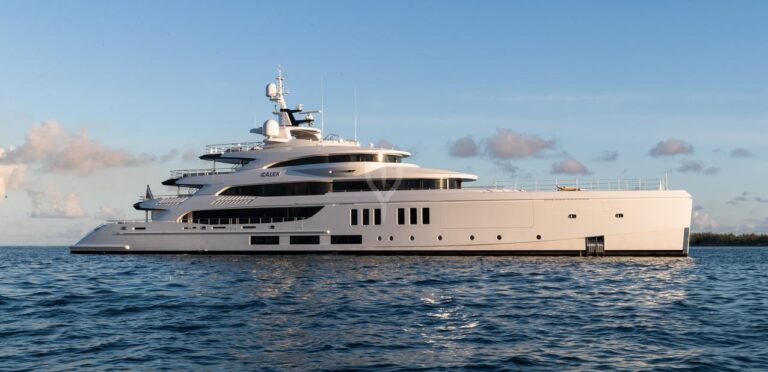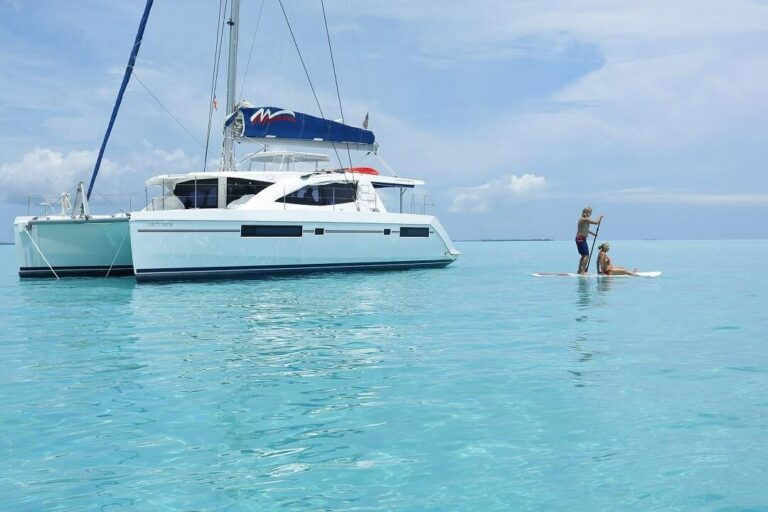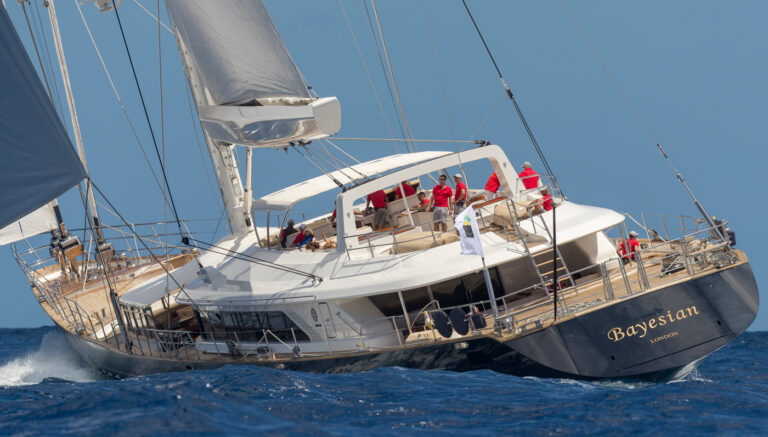Like every year, manatees say goodbye to winter and begin to move to welcome spring by heading south to Florida. They usually arrive in May and leave in November when the water temperature drops below 68 degrees Fahrenheit. Due to federal and state protection measures, it is illegal to hunt, play with, or harass them. It includes touching, giving water, or attempting to feed them.
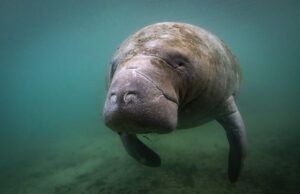
Florida has experienced greater human population and infrastructure growth than most other urban regions in the United States. For several decades, this growth has affected the native flora and fauna due to the loss or alteration of their habitats, the decrease in water quality, the increase in air pollutants, and the introduction of invasive species.
In the case of Florida manatees, habitat alteration has included the proliferation of harmful algae, such as red tide, resulting in hundreds of sick and dead manatees. These blooms can be exacerbated by runoff from groundwater with high levels of nitrates and phosphorus, often caused by human activities, including septic tank leaks and using fertilizers in agricultural activity.
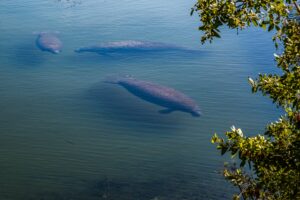
Florida has around 2000 miles of complex coastline that involves the Intracoastal Canal, numerous rivers, streams, canals, bays, lagoons, coves, lakes, and coastal islands. Manatees inhabit each of these bodies of water because they feed on various aquatic vegetation. The number of registered boats in Florida has significantly increased along with the expanding human population, reaching one million registered boats. And that growth is directly related to the increase in manatee mortality from boat collisions.
Collisions between boats and manatees are common in shallow waters, particularly in sites near docks and on the shores of salt flats where manatees feed. To reduce the risk of collision with a manatee, it is crucial to stay alert in case of sighting the back, tail fins, noses, and “footprints,” which are circular spirals on the surface of the water caused by the manatee’s tail when swimming. Maintaining low speeds and respecting all signs that alert the presence of manatees in the area is vital to avoid collisions.
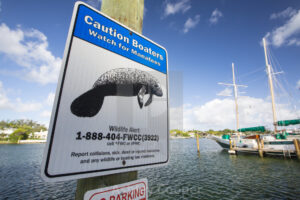
Can manatees detect and avoid boats?
Hearing studies of manatees have been carried out on wild and captive manatees. In controlled experiments, manatees have been observed to detect and avoid individual boats traveling at various speeds, provided they have the proper time to respond. However, the presence of many boats in an area generates a complicated mix of sounds that makes it difficult, if not impossible, to detect a specific boat that may pose a threat.
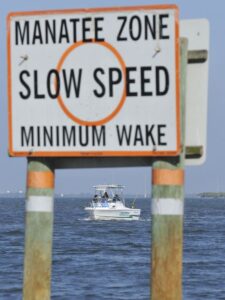 Reduced speed zones have been implemented in designated locations in 18 Florida counties, focused on areas known to be abundant in manatees. They include portions of over 20 major rivers but constitute only a tiny fraction of the waterways used by manatees in Florida. Depending on the specific location, restrictions range from entry prohibition, idle speed, and slow speed to speed limits of 25, 30, or 35 mph. Some restrictions apply year-round, others during specific months.
Reduced speed zones have been implemented in designated locations in 18 Florida counties, focused on areas known to be abundant in manatees. They include portions of over 20 major rivers but constitute only a tiny fraction of the waterways used by manatees in Florida. Depending on the specific location, restrictions range from entry prohibition, idle speed, and slow speed to speed limits of 25, 30, or 35 mph. Some restrictions apply year-round, others during specific months.
The premise of establishing low-speed zones for watercraft to protect manatees is that boats moving at slower speeds allow both the boat operator and the manatee more time to respond and avoid a collision. In a collision, less severe injuries occur when a watercraft moves slower. Even moderate reductions in the speed at which an impact occurs can dramatically decrease the potential for injury or death as the resulting force of the impact is reduced.
Living in harmony with the natural environment is a challenge in Florida. Remember, collective behavior is nothing more than the sum of individual behaviors. If we commit to respecting the environment, we will ensure a better future for everyone.

